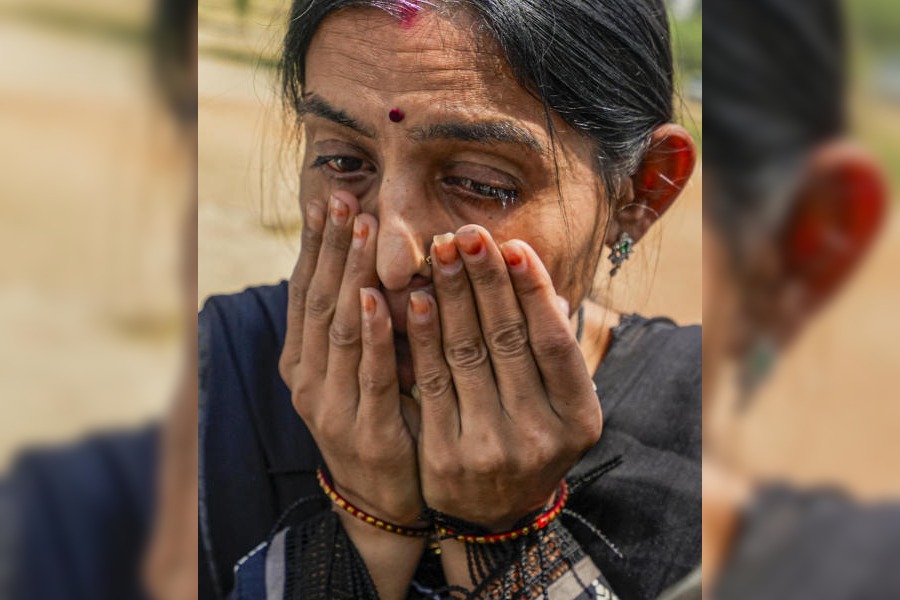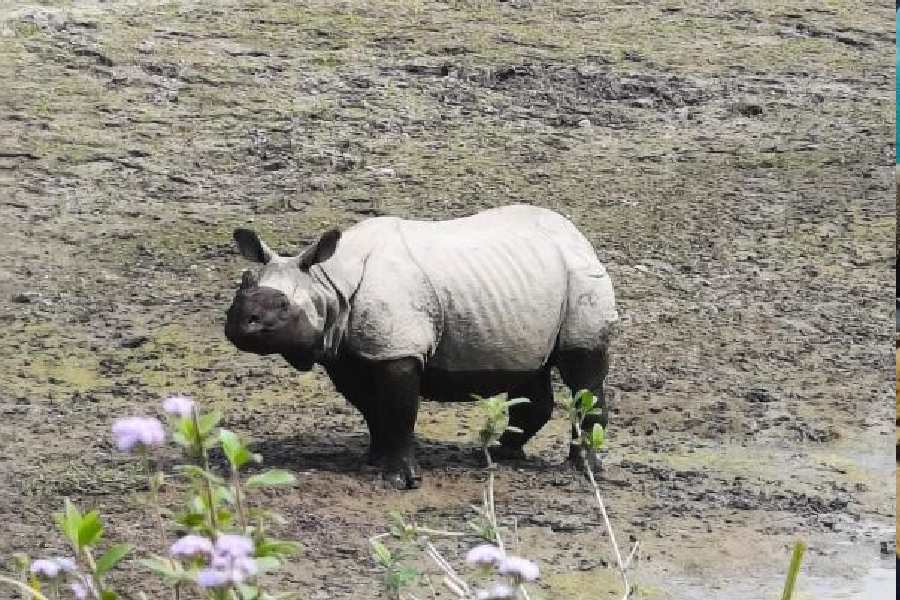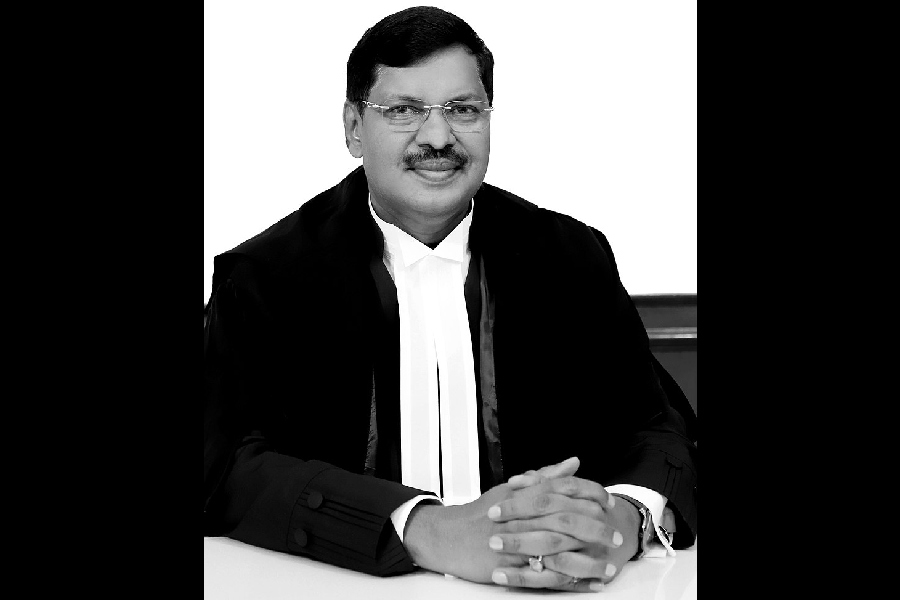Washington, April 13 :
Washington, April 13:
Indian dentists, perennial runners-up against their Chinese counterparts in the battle to preserve their reputation and practice, may at last have something to smile about.
In what could be the earliest example of dentistry in the history of mankind, researchers at the University of Missouri-Columbia have discovered that 8,000 to 9,000 years ago dentists in ancient India had developed technology to drill teeth and remove decay.
Study of fossils from Mehgarh, now in Pakistan, has revealed tiny holes drilled into teeth on the biting surface of male molars, according to Andrea Cucina who was leading a team of academics conducting archaeological research on excavations brought to the university to study Mehgarh's ancient civilisation.
Their findings have been published in this week's issue of the journal, New Scientist.
Cucina and his colleagues actually stumbled on ancient India's heritage in dentistry by accident.
They were cleaning the jaws and teeth of one of the Mehgarh fossils when it was noticed that the molar which was being cleaned had a perfect, tiny hole on the biting surface. Soon thereafter, a similar hole was discovered on the molar of another male fossil.
The researchers considered several possibilities during the study that ensued.
Since the ancient residents of Mehgarh tilled land, reared livestock and made jewellery even from stones such as amethyst and turquoise, Cucina and his team examined the possibility that the holes could be part of some dental decoration or the result of tooth sharpening.
'Even after years and years of looking at these teeth, it was something that struck me as very strange,' Cucina was quoted as saying in a press release by New Scientist.
Since the teeth were still in the jaw, the researchers ruled out the possibility that the holes were the result of any necklace-making effort which would have required piercing.
Mehgarh's population did not tamper with their teeth as part of any funeral rites either. 'He definitely used that tooth before he died,' Cucina was quoted as asserting, since the dental cavity had been rounded from chewing.
The jaws of the fossils were then put under electron microscopes: the sides were found to be too perfectly rounded to be cavities caused by bacteria. The teeth had concentric grooves which could only have been made by a drill.
That the teeth showed no sign of decay is being interpreted as testimony to the skills of ancient
Indian dentists. The holes were exactly of the same diameter,
suggesting that the residents of pre-historic Mehgarh had the tools - and the skill - for such delicate work.
The search is now on at the University of Missouri-Columbia for fossils with signs of dental decay because the researchers say this would establish that the drilling was therapeutic.
Speculation among the research team is that some herbal remedy must have been put into dental cavities of Mehgarh population to stop bacterial growth. 'It is very tantalising to think they had such knowledge of health and cavities and medicine to do this,' Cucina said of ancient Indian civilisation.
The findings would put Indian dentists one up over their Chinese counterparts since China had hitherto been credited with great progress in dentistry in ancient times.
As a result of this heritage, Chinese dentists have enjoyed a glowing reputation worldwide. Even in cities like Mumbai and Calcutta, the declining band of Chinese dental practitioners have traditionally taken practice away from Indians.
Even if the latest research does not reverse such a trend,
Indian dentists will now have something to hold their heads high.
 Wednesday, 30 April 2025
Wednesday, 30 April 2025










